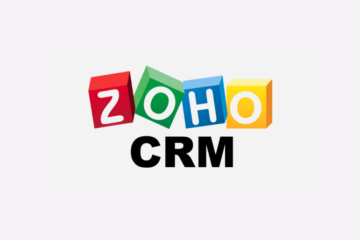
Last week, students were instructed to set up the mechanics of their website to make it operate as the hub of their inbound marketing campaign. With our step-by-step instructions, this process can take about 5-6 hours to complete. And while our aesthetic instructions are half as long, constructing the look and feel of the site takes usually twice the time. Therefore, students are given two weeks to work through this aesthetic website setup to get the website ready for kickoff. But as we always tell students, the look and feel of a website is NEVER complete. You will always be tweaking here and there to add new content or new plugins that give your site the aesthetics that you want. While all the website design continues to take place outside of class, in class we have moved on to content design, specifically choosing serialized groups of messages to be built into each student’s content matrix.
When considering the aesthetic website setup, there are many different considerations. First, students need to choose a mobile responsive theme, one that provides great flexibility and many design options for all three types of web pages. Next, students learn how to use front page editors, classic and block editors for landing pages, and form design for their online web form pages. Students also learn about website navigation menus and how to use header and footer menus to drive users around the website. Next, students learn how to deploy a privacy policy for increased Google search rankings. Finally, students learn how to install and activate plugins on their website. Plugins are crucial to both the mechanics and aesthetics of a website as they provide additional functionality and flexibility in designing the style and usability of different pages. For example, plugins can arrange the order and presentation of blogs. How many words, color of font, presentation of categories and tags, and links to post the blog on socials are all additional features that a blog designer plugin can provide. The trial and error of all these options is what takes students so long to design, but this process is invaluable to learning WordPress and becoming a master at building websites.
Next, in class this week, students are choosing their “serialized buckets of content.” We use the term “serialized” to indicate that this each bucket is a well of blog content around a single topic to which the students will return to over and over throughout their campaign. For example, for a student running a campaign on healthy living, recipes would be a serialized bucket of content. With four to five buckets, students blog within two of these content areas during any given week, spreading out their content to keep it fresh and to prevent redundancy. To learn more about the tools that students create and deploy in this class, like the content matrix, check out our courseware demo.




0 Comments